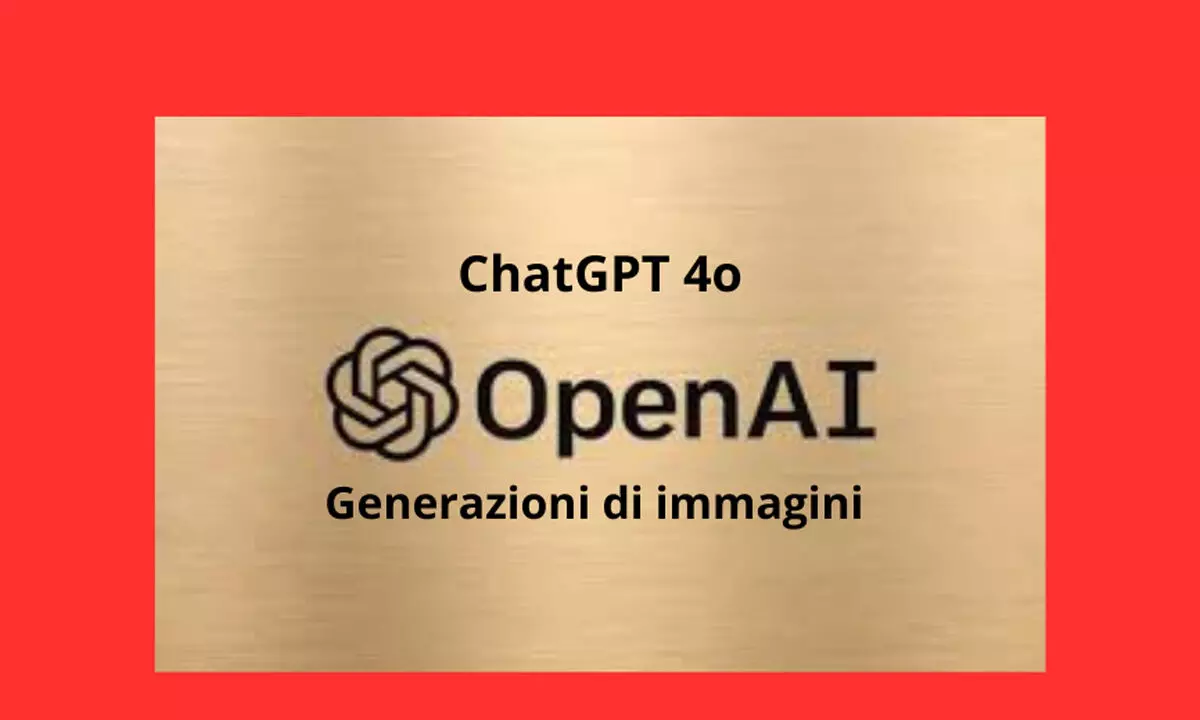OpenAI Introduces Advanced AI Image Generator in ChatGPT’s GPT-4o

OpenAI has unveiled an innovative AI image generation tool integrated into ChatGPT’s latest model, GPT-4o. OpenAI CEO Sam Altman announced the feature on social media, calling it a groundbreaking advancement in AI-powered creativity. He expressed his initial disbelief at the tool’s ability to generate highly realistic images, highlighting its vast potential. This enhancement aims to provide users with more artistic freedom while ensuring responsible AI usage.
Enhanced Capabilities of ChatGPT’s Image Generator
The latest AI image generation tool in ChatGPT introduces significant improvements, setting a new benchmark in digital creativity. Altman emphasised the model’s ability to produce astonishingly realistic images while maintaining ethical usage guidelines. OpenAI aims to empower users with greater artistic control while ensuring content remains within acceptable boundaries.
https://help.twitter.com/en/
Although the tool enables diverse and imaginative creations, OpenAI is committed to monitoring its impact and adjusting policies accordingly. Altman stressed that OpenAI will adapt its approach based on societal feedback to maintain a balance between creative freedom and responsible AI application.
Key Features of the New Image Generation Tool
GPT-4o’s image generation feature resolves several limitations seen in previous AI art tools. OpenAI highlighted the following advancements:
- Improved text integration: The model can accurately embed readable text within images, overcoming a longstanding challenge in AI-generated art.
- Enhanced object accuracy: It can generate images containing 10–20 objects with precise proportions and placements.
- Consistent modifications: Users can refine and iterate on images while preserving the original design elements.
- Conversational editing: Instead of manually adjusting image elements, users can modify visuals through simple text-based instructions.
These enhancements make the tool valuable across industries, including business, education, and historical reconstructions.
Strengthened Safeguards Against Misuse
Given the rising concerns around AI-generated misinformation and deepfakes, OpenAI has incorporated stricter safety measures to ensure ethical use:
- Metadata tagging: All AI-generated images carry C2PA metadata to indicate their artificial origin.
- Content verification tool: OpenAI provides a search tool to identify whether an image has been AI-generated.
- Policy enforcement: The tool automatically blocks the generation of violent, explicit, or policy-violating content.
These safeguards aim to strike a balance between creativity and preventing AI misuse.
Challenges and Areas for Improvement
Despite its advancements, the tool still has some limitations, which OpenAI is actively working to improve:
- Non-Latin script issues: Text in languages such as Arabic, Hindi, and Chinese may not always render correctly.
- Cropping inconsistencies: Long-format images, like posters, may not be cropped perfectly.
- Detail accuracy: Fine details in complex images may be unintentionally altered when making small edits.
OpenAI continues refining these areas, including facial consistency and enhanced detail rendering.
Availability and Future Expansion
The AI image generator is currently rolling out to Plus, Pro, Team, and Free-tier users, with Enterprise and Education accounts receiving access soon. OpenAI also plans to introduce API access in the coming weeks, expanding its usability beyond ChatGPT.
By continuously improving AI capabilities and safety measures, OpenAI aims to make AI-generated art more accurate, accessible, and ethically responsible for all users.


